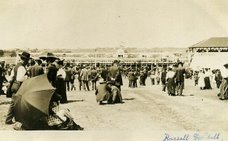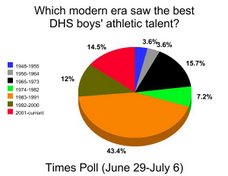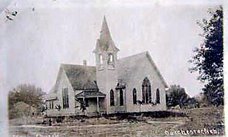According to the Lincoln Journal-Star, corn planting in the Dorchester area this season could begin at the earliest date ever recorded. Part of the reason is that not since 1933 have corn expectations in the state been above the 10.3 million acres forecast by the federal government's ag data service.

In the Journal Star article, local farmer and Dorchester school board official Steve Vyhnalek is quoted as saying: "That's a lot of bushels. But there's a lot more people to feed. Your demand for corn, whether it's cattle feed or ethanol or food, it's a phenomenal number of bushels we use per day in the world."
Local grain prices suggest "another round of robust farm income in the state in 2012 and a continuation of good times for agriculture," according to the LJS story. Kelly Brunkhorst of the Nebraska Corn Board said the cost of planting the most corn since the 1930s will add up to about $2.8 billion for the state's approximately 25,000 corn farmers, as "more corn acres in the state reflects a move away from alternating corn and soybean planting in a field and toward corn two years in a row."
"Dorchester farmer Vhynalek is part of that trend.The 50-50 split on his farm now is closer to 70-30, corn versus beans."A guy can make more money growing corn after corn than he can growing soybeans," he said. Current grain bids can be viewed at Dorchester's Farmers Cooperative website.

In the Journal Star article, local farmer and Dorchester school board official Steve Vyhnalek is quoted as saying: "That's a lot of bushels. But there's a lot more people to feed. Your demand for corn, whether it's cattle feed or ethanol or food, it's a phenomenal number of bushels we use per day in the world."
Local grain prices suggest "another round of robust farm income in the state in 2012 and a continuation of good times for agriculture," according to the LJS story. Kelly Brunkhorst of the Nebraska Corn Board said the cost of planting the most corn since the 1930s will add up to about $2.8 billion for the state's approximately 25,000 corn farmers, as "more corn acres in the state reflects a move away from alternating corn and soybean planting in a field and toward corn two years in a row."
"Dorchester farmer Vhynalek is part of that trend.The 50-50 split on his farm now is closer to 70-30, corn versus beans."A guy can make more money growing corn after corn than he can growing soybeans," he said. Current grain bids can be viewed at Dorchester's Farmers Cooperative website.


















































No comments:
Post a Comment
Village Dweller checks all reader comments to determine if they are appropriate for print.